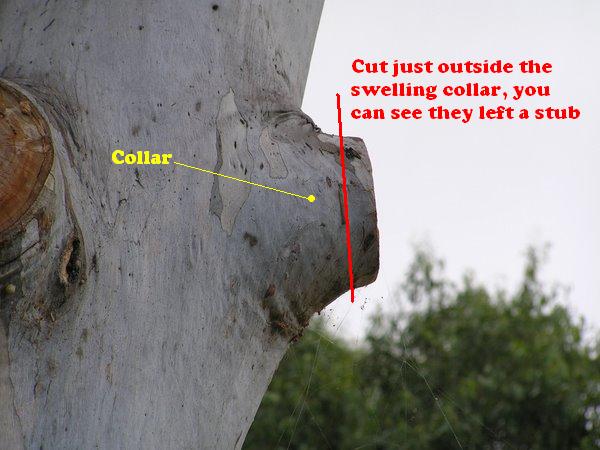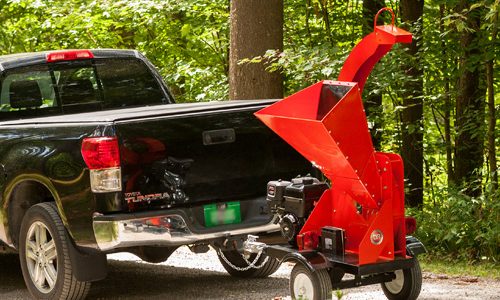Planning for pruning of amenity trees ought to be an essential component of the landscape design from the very start. Pruning a tree can do more than just make the tree add curb appeal. It can help to prevent illness, reduce insect populations, and provide aesthetic benefits as well. The very best way to plan for the pruning of a tree is to understand exactly what you expect to gain by the change as well as the sort of tree you have.
Everything You Need to Know About Pruning of Amenity Trees
The objective of pruning is to remove dead or damaged elements of a tree. This provides the tree with the room it should grow and distribute new expansion that will become its next target. There are lots of varieties of pruning accessible once you are deciding how to prune your trees. You can use tools and additional hand tools or use pruning shears. When you choose which tool is right for your circumstance, you are going to wish to understand how much you want to prune, what tools you’ve got available, and where you intend to prune.
Everything You Need to Know About Pruning of Amenity Trees
Some of the most common forms of pruning are pulling, cutting backand cutting off. Pulling is the process of eliminating small branches to permit space for the tree to grow in. You are able to pull out part or all of a tree. Slimming down is similar but requires out larger branches so the tree can grow in. Cutting away is used to clear away the dead leaves and wood, allowing room for new growth.
A great tip when planning for pruning is to see how other plants in your lawn are pruned. Look at how other trees are pruned, the way the tree appears, and exactly what the branch patterns look like. You can get valuable information from this research. When you learn how other plants are pruned, you’ll have valuable insight into what you should do with your own trees.
When you do begin pruning, there are lots of things to remember. First, make sure you don’t cut too far over the canopy level. The lower you prune the tree, the more expansion it will encounter.
- Should you reduce on the tree too high, it may not have sufficient growth to fill in the area left after pruning. As a consequence, you will need to repot the tree. It will take some time for the tree to regain its full canopy until you can repot it again.
Additionally, keep in mind that you must use sharp scissors or knives. Use something that’s not poisonous to the tree. Do not use regular household pliers because they might slit through the bark. Though the tree is small, it still contains deep roots. Should you cut too deep, the roots might become submerged and rot could place in.
Before pruning a tree, be sure to inspect it carefully. Assess for red spider mites that may be building their nests beneath the bark of the tree. You can even use a garden tool to test for rot. If you suspect any damage, you should look at cutting down the tree.
It’s best to prune back near where the shoot has been taken. This allows for complete as well as supply of the trimming. When you’re finished, you may choose to allow the shoot to grow back stronger than ever before. If it’s grown stronger, then you may not have to cut it all the way back.
Some specialists believe that the ideal time to cut a tree is when the tree starts to shed its needles. They may also suggest that you cut the tree as soon as you can see them falling off. This is especially true for hickory trees. However, this isn’t necessarily an accurate prediction. The reason for this is because other branches may capture the falling needles and lead them to drop in the incorrect direction. There’s also the chance of the needles becoming entangled in additional tangled branches.
After pruning, you can water the tree. You can achieve so by watering from the bottom of the tree upward into the tips of the branches. Additionally, you may want to use a sprayer or hose to further water the tree when the soil dries. In order to avoid spreading the mess caused by the pruning cuts, then it’s best to remove the cuttings after they have completely fallen off. It’s also wise to make sure that the area you are pruning is clean and dry before you distribute the cuttings on the floor.
Experts advocate pruning as often as twice each year. If you are not comfortable with the undertaking, it is not a bad idea to hire a professional tree maintenance expert. Whenever you’ve got a tree that’s been pruned, you’ll observe that the shrub is busier than normal. This is due to the higher variety of buds which will start to sprout soon after the cut. If your plan is to cut out more branches at the future, you may consider pruning the tree again just before you start to branch out.


